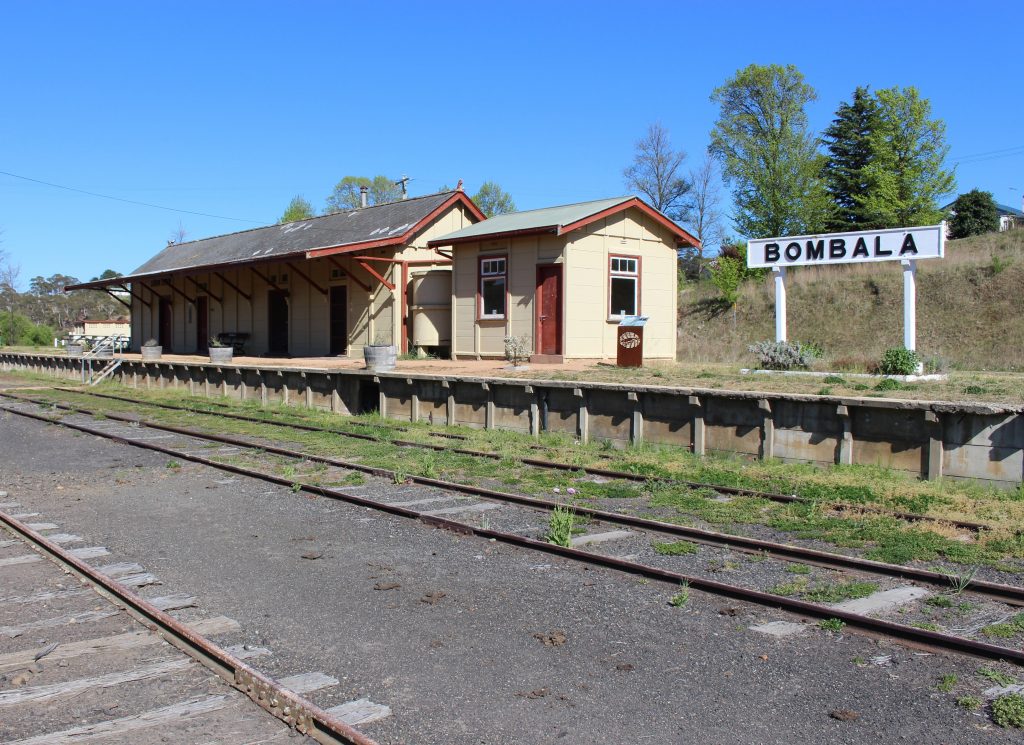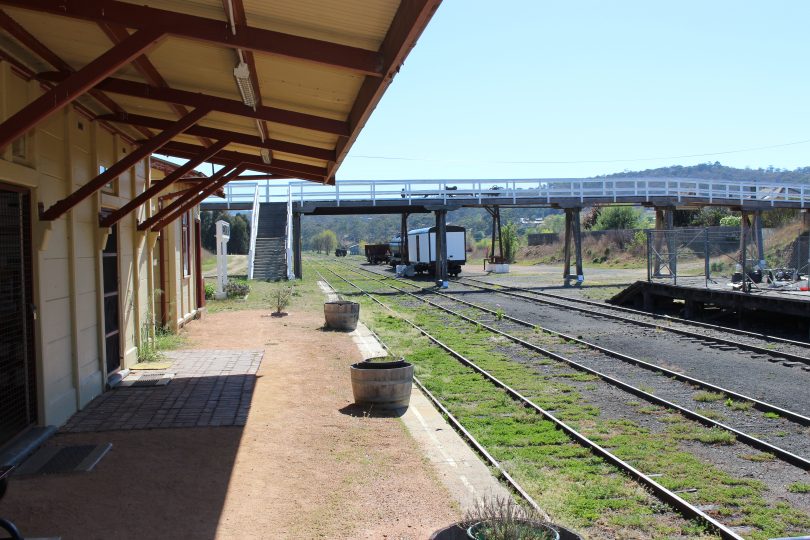
A feasibility study on the proposed Canberra to Port of Eden railway has deemed it not economically viable. Photo: File.
Despite strong community support, a Transport for NSW feasibility study of the Canberra to Port of Eden Railway has found the project is not viable because the costs are higher than the potential revenue.
The study was funded with $1 million provided by the NSW Government in 2018, and it found that the project would cost $6.3 billion to complete.
The proposed line would carry passengers and freight and would rebuild the existing line between Queanbeyan and Bombala, and build new line joining Canberra Airport in the north and Port of Eden in the south.
Member for Eden-Monaro, Kristy McBain, has commented that many people across the electorate are disappointed by the result of the feasibility study.
“People have told me they feel the report failed to fully consider the passenger and freight potential with linkages to the Port of Eden, Canberra Airport and beyond. Considering the $1 million price tag, it’s a shame that the community doesn’t appear to have confidence in the outcome,” Ms McBain said on 6th October.
The report says that despite using “optimistic” demand projections and assuming freight would be diverted from other NSW ports to the Port of Eden, the numbers are clear.
“The full project from Canberra Airport to Port of Eden only generate benefits of $225.8 million during the life of the project, compared against the cost to achieve this benefit of $5447.6 million.”
The proposed 300km railway would pass through rugged terrain and areas of significant environmental value, such as national parks, and would require extensive works, including major tunnels, bridges and viaducts, especially between Bombala and Eden and the Canberra Airport.

Bombala railway station. Photo: File.
“The costs of reinstatement of the non-operational railway are significant, and the cost to construct the railway down to Port of Eden is extremely high due to the topographical challenges and the environmental constraints,” the report says.
“While the sections from Queanbeyan to Bombala to Port of Eden are expensive and difficult to achieve, they could be delivered with substantial investment.”
While the railway line was originally identified as a potential economic opportunity for the Snowy Monaro region and southwest region of NSW by engineer Edwin Michell, community feedback since the report was published in late September 2020 has pointed out that the value the rail link would provide to regional communities is not a simple matter of cost versus revenue.
“The report does not take into account the benefits of the railway to us all in reducing our use of fossil fuels and making our roads safer, as well as connecting isolated communities,” said Cooma resident Peter Mirian.
Ms McBain said she will soon be meeting with Cooma and Monaro Progress Association to get its perspective on the rail feasibility study.
“We need a new way to assess big ideas in regional areas,” she said. “The benefits often take longer to realise and are always more nuanced than in metro areas.”
“Now is the time to invest in our regions, to make the most of the learnings and opportunities presented by the challenges of 2020 and ensure we are central to the reset and renewal of the Australian economy.”
For more information, visit Transport for NSW.









